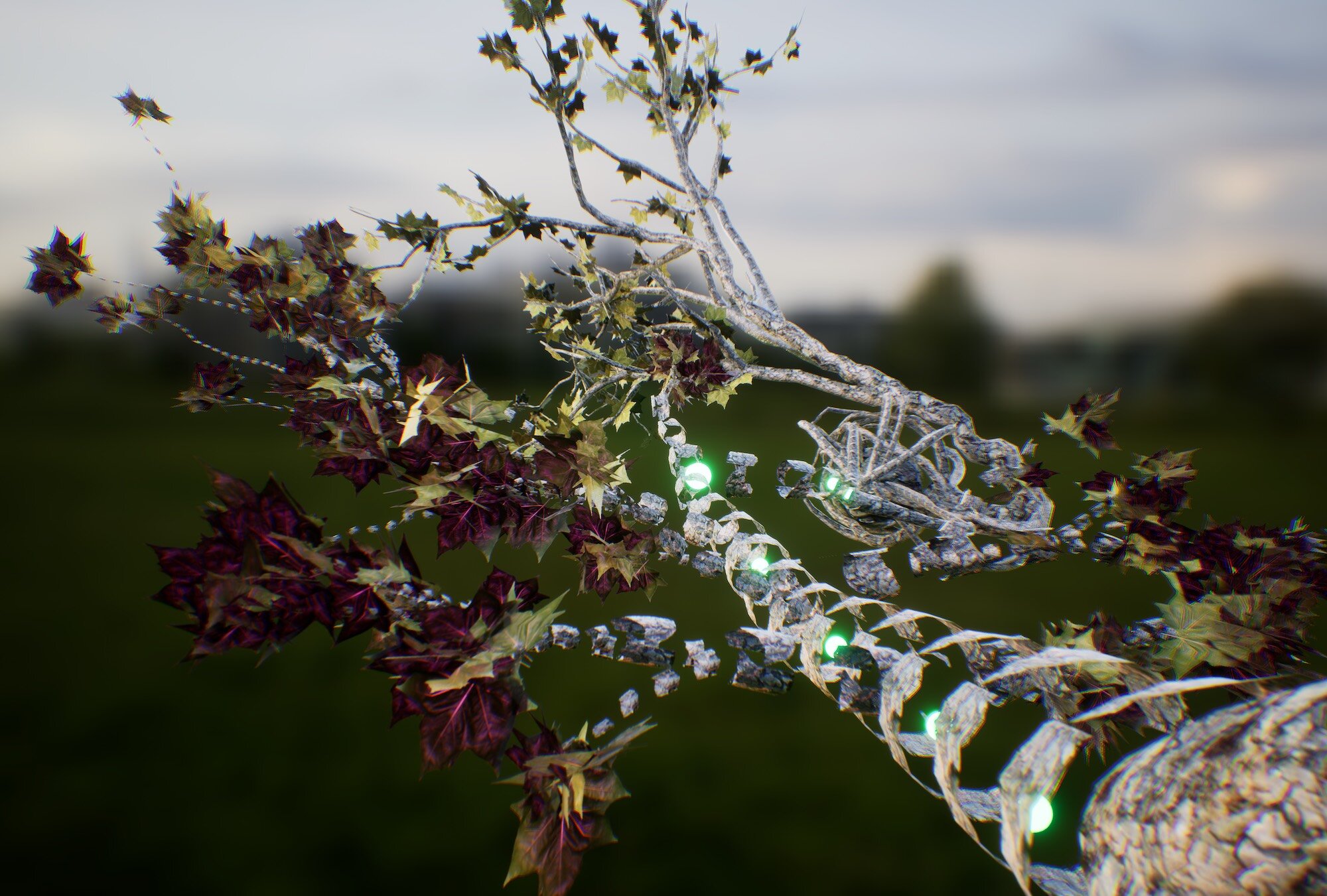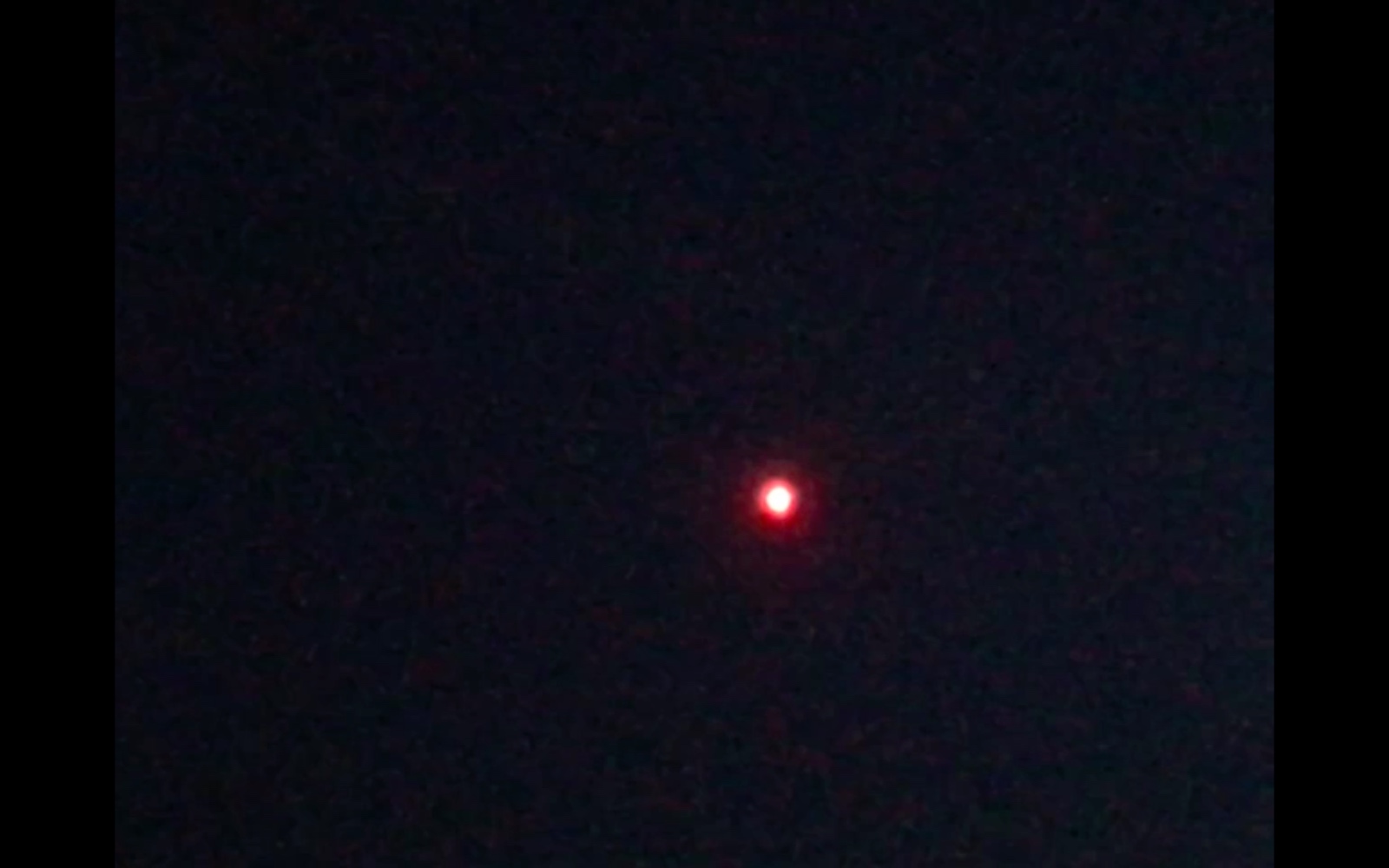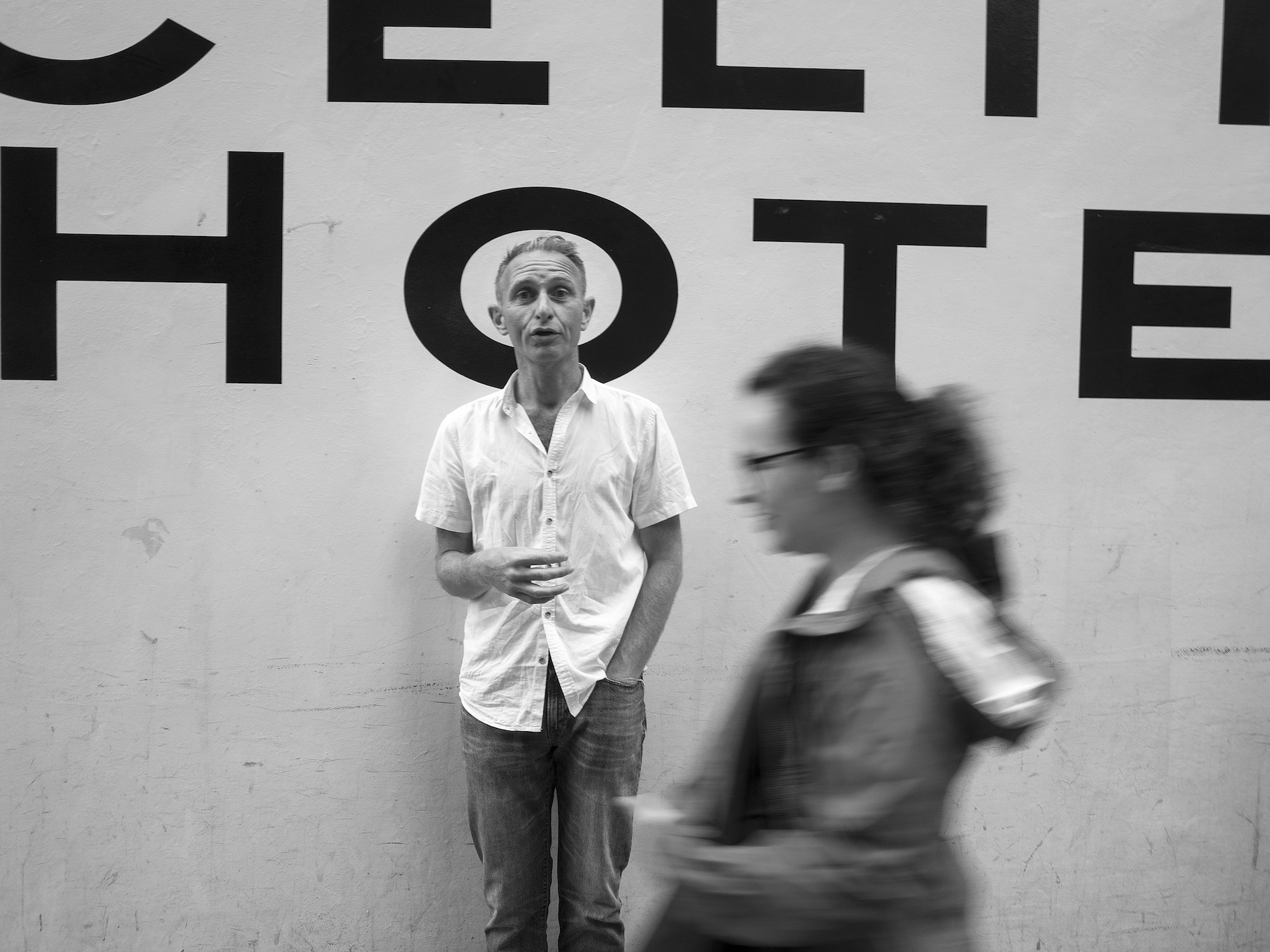Park Life: Jakob Kudsk Steensen

Last year, the Deep Listener appeared as a site-specific, augmented-reality installation of digital wildlife in London’s Hyde Park. Artist Jakob Kudsk Steensen took Jack Mills for a stroll through his virtual paradise
It was just another day in London’s Hyde Park: stoners were buying ice cream, elderly couples were falling asleep by the Serpentine, and a group of tourists were being attacked by a flock of gigantic CGI parakeets. The tourists were plugged into Danish artist Jakob Kudsk Steensen’s augmented reality (AR) app The Deep Listener, which leads users into a cacophonous imagination of digital wildlife as they wander around the park.
Commissioned by the Serpentine Gallery for 2019, The Deep Listener journeyed participants through a pixel-cloud of bats, past parakeets that honk with the ferocity of a Sunn O))) riff, and into the trunk of a London plane tree, the city’s most prevalent tree, introduced in the 18th century to absorb carbon emissions.
The aim of the project was to energise and romanticise our engagement with the biosphere, and to consider ways we can work with rather than against it in our attempts to combat climate catastrophe. Steensen took us on a tour to explain his vision, pointing out a few highlights along the way.
Before AR design, you worked in video graphics, gaming and painting. I wondered if there was always a beating heart in your work, a wider message to it beyond the splendour?
“The more the climate changes, I feel naturally a kind of urgency to respond to this”
My work has always focused on ecology. It’s been a lifelong interest, so I spent half my time out in different landscapes, recording audio, collecting textures, digitising and morphing them to tell new artistic perspectives. I grew up in a kindergarten by the coast, where we had no toys outside. I fell in love with immersive world-building and landscapes in digital spaces and just losing yourself in an environment. It gives you a similar feeling of being outside somewhere: on a trip, or in the mountains, or the jungle. The more the climate changes, I feel naturally a kind of urgency to respond to this.
So your childhood politicised you, in a sense…
I went to art school and was making paintings and virtual landscapes. It was what I thought I had to do to be an artist. But after I graduated, I started embedding myself in landscapes and creating virtual spaces, almost like video games. I wanted to show, not tell, and to offer people experiences.
All the textures and audio are based on real material from nature. For three weeks, I didn’t live more than four blocks from this park, and I was here every day. It was pretty weird. I talked to the Natural History Museum and worked with a few biologists. To me, it’s an emotional alignment; it’s necessary to create something that translates that emotion to people because it informs the aesthetics, the forms, the sounds, the feelings, the timing of things. A park is almost an extreme metaphor for life today. People are on their phones here and people go into their commutes through it, we use it to orientate ourselves.
When did you first learn about the plane tree, which you explore in this project? It’s quite a cyberpunk idea, isn’t it, like something William Gibson might dream up.
“AR technology is just another medium of our time, but I’m exploring the ways we can connect the industrial to the roots of the world we live in”
The plane tree was modernised during the Industrial Revolution because of its capability to absorb pollutants in the air, and now it’s the most common tree in London. It’s kind of sad how the city needed to do that to survive, but it’s a beautiful metaphor for our connectivity with nature. With my interest in technology, it’s not so much about the tech itself, but altering time, scale, movement, and exploring ecosystems. AR technology is just another medium of our time, but I’m exploring the ways we can connect the industrial to the roots of the world we live in.
When you first pitched this idea to the Serpentine, what did you know about Hyde Park’s ecology?
They had an open call for augmented architecture (ideas), and I thought immediately about plane trees. My past work has been more focused on the destruction of ecology and with this I wanted to introduce some magic, and to explore the irrational and how you usually look at, and interpret, public spaces like this.
Moving into the final scene... This is based on a photograph I took of an ample fly.
This is like the final boss in a computer game…
I applied glowing channels to it to make it seem hyper-digitised close-up, and then I split the channels apart to make it into a new kind of creature. I’m very inspired by a book called The Strange Bird by Jeff VanderMeer, which is about a biologically engineered bird, its encounters in the world and its experiences after it escapes.
How heavily has gaming inspired your work?
As a young person I played Fallout a lot: these top-down asymmetric games. It blew my mind, and since then, I’ve been looking at various eco-fictions. Right now, I’m looking at magic – not the traditional kind, but a focus on the imagination, a more intuitive estrangement of the world.
On opening night, 200 members of the press formed a pilgrimage through the park to test out the app. What was the reaction like?
Creatures spawned on the top of people’s backs and hats, it was cool. 50 phones playing back the audio and amplifying it… It all became incredibly loud. Hearing the audio come from the phones collectively and simultaneously created a really strange atmosphere.
Is there a subliminal message here about climate change and our complicity in it as humans?
That’s almost like a god-like way of looking at it, but I think it’s an artwork. It’s made by a human. I’m not trying to be too scientific and I’m not trying to state one specific fact. I want to facilitate our surroundings and the landscape and I want to bring about a sense of curiosity.
“I thought a lot about walking, looking, listening and expanding on the usual AR experience”
It’s something I thought about with regards to AR; it’s so focused on screen-time, but I thought a lot about walking, looking, listening and expanding on the usual AR experience. I want to emphasise the local – species and the very delicate reasons why they’re here. Like the reeds – they almost got lost to the city and then they were planted because they can remove algae in the water. Certain moths and insects and birds can then lay eggs in there and this is necessary for the ecosystem. There’s a tendency for artists to simply ‘open the gates’ and let ecosystems run wild in their work, but I think that’s an eco-acceleration idea. I’m on the biologists’ side.
We live in an era of heightened climate crisis awareness, giving way to various innovative forms of activism. How do you interpret the word ‘activism’ today?
Activism, that’s hard. I don’t see myself as an activist artist, but I have the opportunity to activate a curiosity for how local species relate to the ecosystem. I also hope this project brings a sense of awareness of the sensibility of the environment – how it all connects, why each component piece is essential and how they have evolved over 300 million years.
“Virtual and augmented reality, it’s a field where people from many different backgrounds – from arts, science and journalism – can all meet”
People tell me that they’re now paying attention to species they hadn’t before. I’m thinking of making a much more traditional documentary about changes in the sea, which will be focused on conventional forms of activism: helping the researchers, getting the story out, and giving them the opportunity to talk about the changes they’ve made. This AR project is interesting, because it breaks the conventional contemporary gallery platform down and crosses over into documentary and abstract art. I like these new forms of meaningful content, connecting to people through their phone devices. Like virtual and augmented reality, it’s a field where people from many different backgrounds – from arts, science and journalism – can all meet. I like this kind of cross-breeding. That’s the 21st century.
Images Jakob Kudsk Steensen, The Deep Listener, 2019. AR Visualisation. Courtesy the artist. Serpentine Augmented Architecture in collaboration with Google Arts & Culture and Sir David Adjaye OBE
Author account for the Good Trouble hive-mind.











